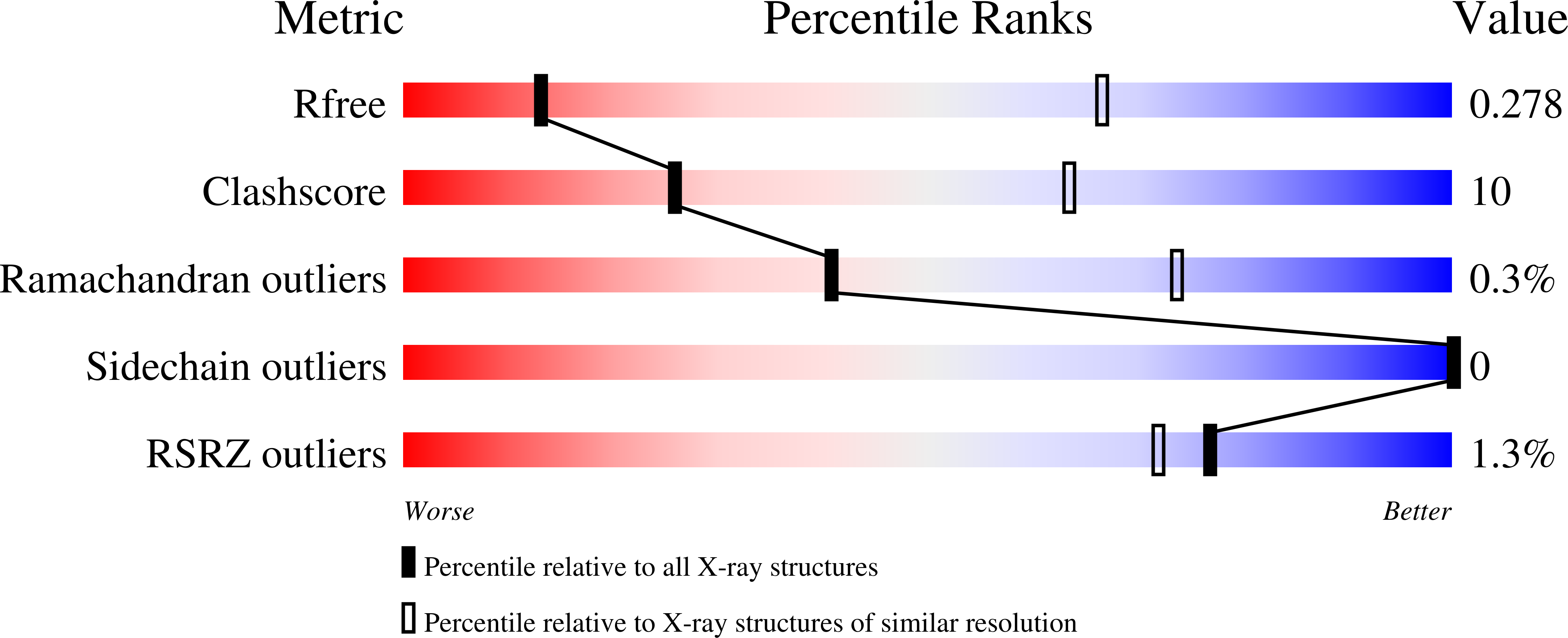
Deposition Date
2022-02-08
Release Date
2023-06-28
Last Version Date
2023-10-25
Entry Detail
PDB ID:
7TXB
Keywords:
Title:
Structure of the Class II Fructose-1,6-Bisphophatase from Mycobacterium tuberculosis complexed with substrate F1,6BP
Biological Source:
Source Organism:
Mycobacterium tuberculosis (Taxon ID: 1773)
Host Organism:
Method Details:
Experimental Method:
Resolution:
3.71 Å
R-Value Free:
0.27
R-Value Work:
0.21
R-Value Observed:
0.21
Space Group:
P 61 2 2


